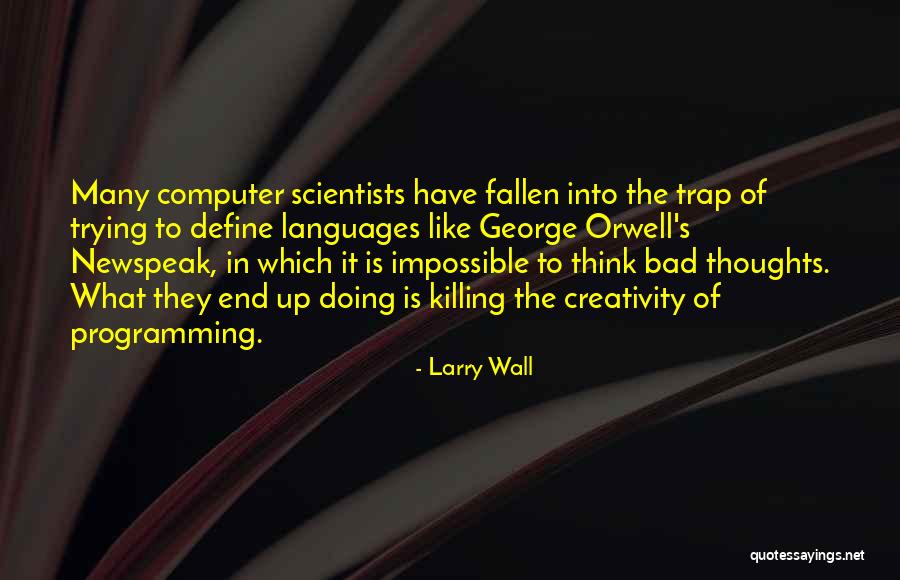
His detailed analysis of scientific discourse shows how the Newspeak of the late Stalinist period and the Cyberspeak that challenged it eventually blended into CyberNewspeak. Using extensive new archival materials, Gerovitch argues that these fluctuating attitudes reflected profound changes in scientific language and research methodology across disciplines, in power relations within the scientific community, and in the political role of scientists and engineers in Soviet society. 189-191) Review by: Robert Campbell Making War, Forging Revolution: Russia’s Continuum of Crisis, 19141921 Making War, Forging Revolution: Russia’s Continuum of Crisis, 19141921 (pp. In the early 1960s it was hailed as science in the service of communism, but by the end of the decade it had turned into a shallow fashionable trend. With the arrival of Khrushchev's political thaw, however, it was seen as an innocent victim of political oppression, and it evolved into a movement for radical reform of the Stalinist system of science. In the 1950s it was labeled a reactionary pseudoscience and a weapon of imperialist ideology. The history of Soviet cybernetics followed a curious arc. Examination of the history of cybernetics reveals conflicts over the role of humans within human/machine systems over a larger period than is traditionally associated with the field of cybernetics. With this new objectivity, they challenged the existing order of things in economics and politics as well as in science. This paper is meant to question the idea that humans in cybernetic systems are autonomous in the traditional western liberal conception.


Followers of cybernetics viewed computer simulation as a universal method of problem solving and the language of cybernetics as a language of objectivity and truth.

In this book, Slava Gerovitch argues that Soviet cybernetics was not just an intellectual trend but a social movement for radical reform in science and society as a whole.


 0 kommentar(er)
0 kommentar(er)
